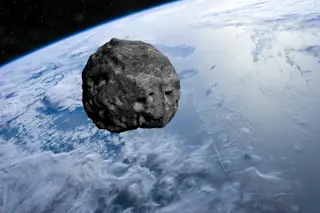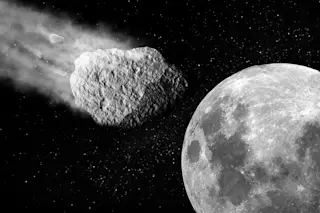Try this stumper on an astronomy-savvy friend: What is the smallest celestial body visible to the naked eye? Hint: It lies farther away than the moon, beyond Mars.
The answer is Vesta, an asteroid between Mars and Jupiter. Although it is only 325 miles across, hardly wider than the state of Arizona, Vesta is a world with a complicated geologic history and an intimate relationship with Earth. This month it makes its closest approach in seven years, briefly coming into view as it glides dimly through the constellation Virgo.
The saga of Vesta stretches back to the late 18th century, when scientists speculated that an unseen planet might reside within the wide gap between Mars and Jupiter. On the first day of the 19th century, Italian astronomer Giuseppi Piazzi found a body in the right location and named it Ceres. The situation quickly grew confusing, however, as observers spotted additional ...














